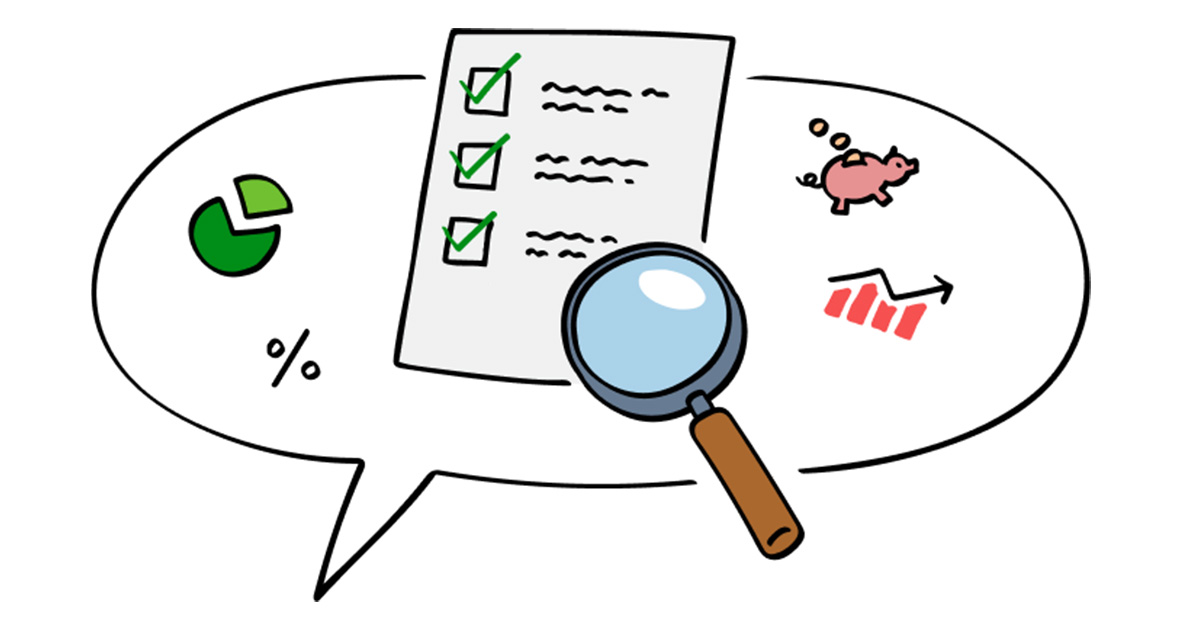

“You have to produce results in the short-term. But you have to produce results in the long-term too. And the long-term is not simply the adding up of short-terms.”
— Peter Drucker
When experienced managers assess a company’s financial health, they often focus on the income statement. Headlines in newspapers and financial magazines frequently highlight profits and losses, especially during the release of annual or semi-annual reports.
However, when experienced finance professionals are given the same information, they take a different approach. They begin their analysis by reviewing the balance sheet, cash flow, and available liquidity. Only after that do they turn to the income statement to complete their assessment.
Why is this the case?
One obvious reason is that income statements are more intuitive to non-financial experts, whereas the balance sheet and cash flow require a deeper understanding of accounting and finance. However, in financial matters, what seems intuitive is not always the most accurate. Seasoned finance professionals know that to truly assess a company’s financial health, you must examine the balance sheet, liquidity, cash flow, and income statement together. Only then can you obtain a comprehensive and accurate view of a company’s long-term viability.
Strengthening the overall health of the balance sheet is similar to the strategy employed by a chess master. Chess masters don’t fixate on individual moves; instead, they focus on securing strong positions across the board. These positions create a solid foundation for both offense and defense, providing greater flexibility as the game unfolds.
In the same way, securing solid balance sheet positions plays a critical role in a company’s success within competitive markets. A strong balance sheet enables a company to weather economic downturns, invest in growth opportunities, attract financing, and manage unforeseen expenses. Conversely, a company with a weak balance sheet—regardless of its short-term profitability—will face significant challenges if it is burdened with high debt and limited equity.
The finance department, led by the CFO, is pivotal in ensuring that the company’s financial health is strengthened and maintained holistically. Financial forecasts should incorporate key balance sheet elements, such as:
By including these factors in financial planning, companies can shift their focus from short-term gains to long-term resilience. Just like securing a strong position in chess, this strategy prepares businesses to withstand competitive pressures, adapt to market changes, and capitalize on new opportunities.
While the balance sheet shows a company’s financial position at a specific point in time—revealing the distribution of assets, liabilities, and equity—cash flow tells the story of how money actually moves through the business. It provides a clear picture of how the company generates, uses, and retains cash.
It’s important to address a common misconception: that profit equals cash. This is not the case. It’s not unusual for a company to present an attractive income statement showing significant profits. But if that result doesn’t align with a healthy balance sheet and positive cash flow, that profitability may be short-lived or even misleading.
For instance, a company may report high revenues but also have a weak balance sheet, burdened by debt and low liquidity. This makes it vulnerable during economic uncertainty. Similarly, a positive income statement can obscure cash flow issues, where the company struggles to meet its immediate obligations.
Ultimately, cash flow determines a company’s ability to sustain operations, repay debt, invest in growth, and return value to shareholders. A profitable company without sufficient cash flow may still struggle to survive.
In today’s rapidly changing world, with evolving technology and market dynamics, it’s more important than ever to have a holistic view of company finances. That means placing the balance sheet and liquidity at the heart of financial planning. High-quality forecasts that show income, liquidity, and balance sheet scenarios are crucial for understanding a company’s true financial health.
Financial planning must go beyond the income statement. It’s essential to integrate the balance sheet and cash flow into the process, giving a complete picture of the company’s financial situation. This comprehensive approach is critical for ensuring long-term success and sustainability.
To conclude, here are some key reasons why integrating balance sheet and cash flow forecasts into financial planning is essential: